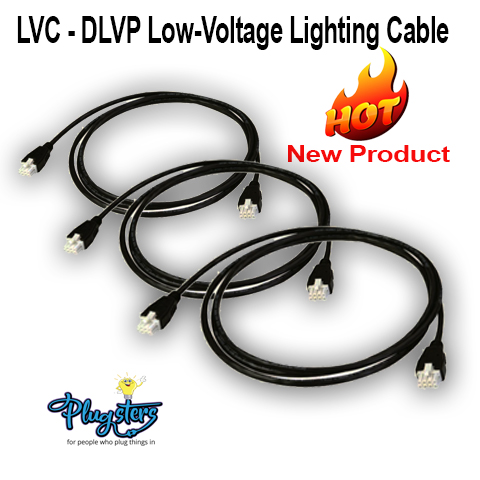LED Lighting Pros
Here are some LED Lighting Pros & Cons
- Safety
The voltage that runs from the transformer to the fixtures is significantly lower in power when compared to line voltage. This feature makes low voltage lighting popular for landscape applications where you may be burying wire underground. - Movability
LED Lighting Pros – Low voltage lighting is less permanent than standard line voltage lighting, which is quite difficult to re-arrange. Adding an additional fixture to a low voltage system is much easy, as long as there’s plenty of power coming from the transformer to power the light. - Energy saving potential
Low voltage lighting provides energy savings. If you can maximize the voltage being reduced from the transformer, you could end up getting multiple fixtures powered and lit from the same voltage that would conventionally power one.
LED Lighting Cons
- Potential of drop in voltage
Connecting lighting fixtures to line voltage is similar to connecting a garden hose nozzle directly to the spout – not to the end of the hose. The power is reliably there and immediately so. Connecting lighting fixtures to low voltage is similar to connecting a garden hose nozzle to the end of a garden hose. Depending on the length of the hose and the amount of resistance or any kinks experienced throughout its run, the power can be reduced by the time it reaches the nozzle. Low voltage lighting systems are at similar risk for lacking full power by the time the voltage arrives at the fixtures. - Limited load capacity
Transformers can only handle a limited load, so you could end up limited in your fixture choices. This can make lighting specification a challenge and relatively tedious. - Increased complexity for inspection
A low voltage system is more intricate than a standard line voltage system. Therefore, the potential of running into difficulty during inspection is increased. Sometimes, a fixture may be UL listed, but a remote driver might lack such a mark. - Installation and maintenance
Electrical contractors are more likely to be less familiar with low voltage installs, which could add to the labor charge for a project and increase the likelihood of errancy. Furthermore, when low voltage fixtures need maintenance, the skill of that labor to understand the system and identify where a transformer that’s powering a low voltage fixture is could come at a premium.
When choosing between line voltage and low voltage lighting systems for your application, be sure you know the real differences between the way the systems work and are installed.
Choose Quality LED Cables for Your Connections

